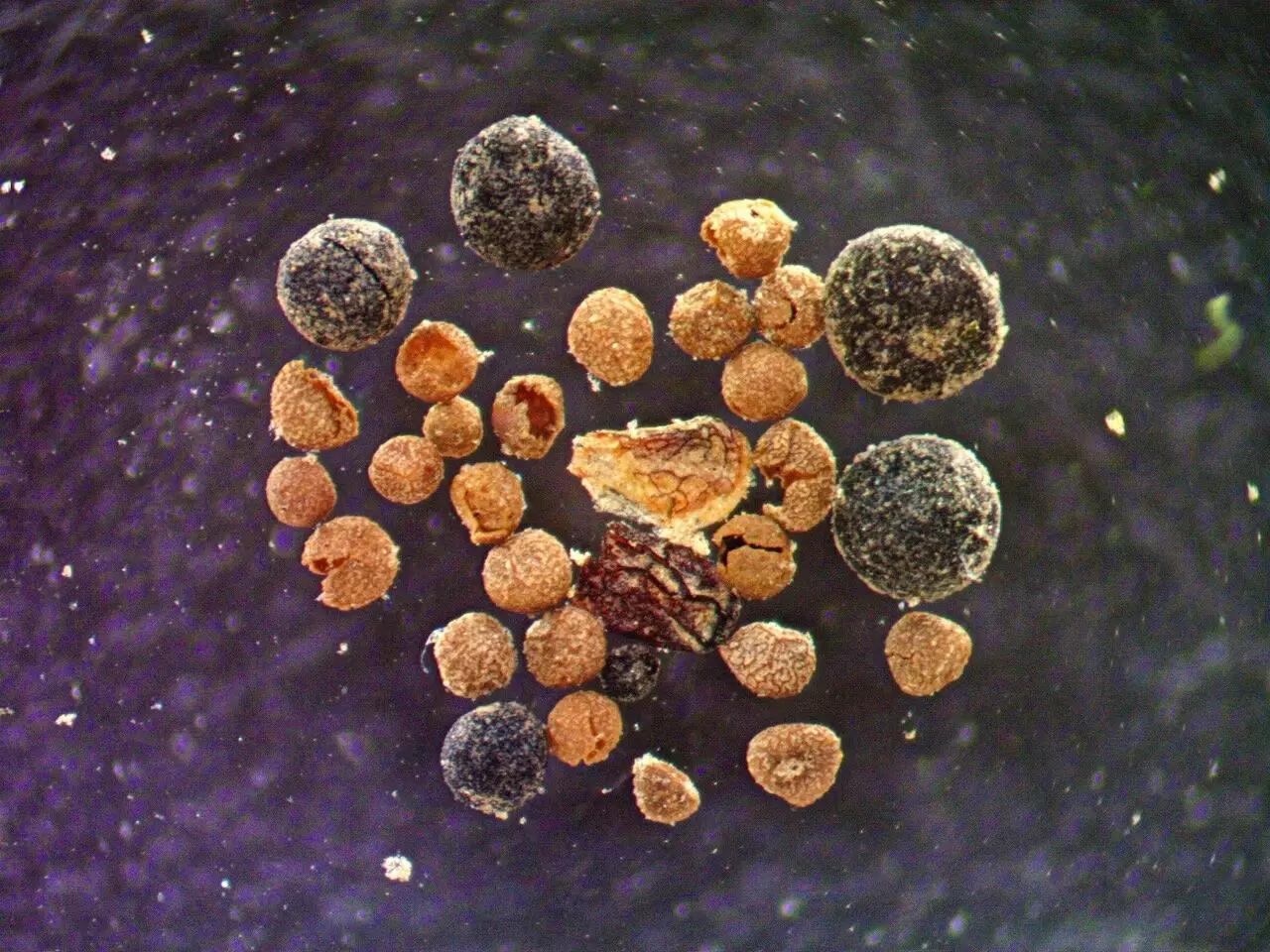The frigid landscape of Greenland has long been perceived as a formidable bastion of ice, a remnant of historic climatic conditions that keep it isolated from the warming ever encroaching elsewhere. However, recent revelations suggest that this perception is dangerously outdated. We now have compelling evidence indicating that the heart of Greenland may not have always been enveloped in ice. Rather, it was once covered by flourishing tundra ecosystems. This paradigm-shifting discovery raises pressing questions about climate change’s impact and challenges our understanding of historical climatic stability.
In a remarkable study published in the *Proceedings of the National Academy of Sciences*, researchers have analyzed sediment taken from the center of Greenland’s ice sheet. The sediment, extracted from an ice core collected in 1993, has remained largely untouched in a Colorado storage facility for three decades. Scientists led by Paul Bierman from the University of Vermont uncovered unexpected biological materials such as insect remnants, fungi, and even a poppy seed. The finding revealed that lush vegetation once thrived under conditions significantly warmer than those currently found on the island.
Bierman highlighted the importance of this research in framing a narrative about climate occurrences well within the last million years. The existence of fertile soil suggests a prolonged absence of ice, allowing ecosystems to establish and mature. Given the size of Greenland’s ice sheet, it stands to reason that if the core melted, a significant portion, if not all, of the surrounding ice would have also been impacted. This suggests that warmer climatic phases could result in extensive melting events that reshape Greenland’s landscape and drastically influence global sea levels.
The implications of this research extend beyond academic curiosity. The vulnerability of Greenland’s massive ice sheet now seems greater than previously assumed. Richard Alley, a preeminent climate researcher at Penn State, acknowledges the urgency of these findings, viewing them as indicators of potentially catastrophic repercussions if current trends in climate change continue unapologetically. The real alarm comes from the projection that the current sea level rise, which is already accelerating, could culminate in several feet of height by century’s end, bringing peril to coastal metropolises worldwide.
As Paul Bierman warns, if efforts to curtail greenhouse gas emissions fail in the near future, we might witness irreversible melting leading to an alarming increase of nearly 23 feet in sea levels over the next several centuries. Major urban centers like New York, Miami, and Boston may find themselves under significant portions of water, amplifying the urgency for concerted global action against climate change.
Historically, Greenland has been perceived as an unyielding fortress of ice, a characterization that was widely accepted until recent years. In 2016, research indicated that the current ice sheet could be no older than 1.1 million years. With evidence of past warm intervals during the Pleistocene, the notion that Greenland’s ice is a stable presence in our climate landscape has come under scrutiny.
The recent studies corroborate these findings, suggesting that previous ice ages did not entirely eliminate Greenland’s ecosystems but rather cycled between periods of ice and warmth. With each era of warming, we can infer that ecological systems akin to today’s tundra may have flourished, only to succumb once more to glacial advance. This cyclical pattern should force us to reconsider the perceived longevity of present-day ice sheets and their inherent ability to withstand current climatic pressures due to human activity.
An essential component of the research stems from the detailed analysis of the sediments, which presented an unexpected trove of biological remains, elucidating an ecological reality previously thought extinct beneath miles of ice. On a microscopic level, renewed insights into the past reflect a vibrant ecosystem – including a young willow tree’s bud scales and spores from spikemoss. The identification of these minute fragments paints a picture of a verdant landscape, transforming how we understand both historical ecology and the fallout of climate shifts.
Indeed, Halley Mastro, a graduate student actively involved in this investigation, described her excitement at revealing the microfossils: each speck unearthed opens a window into a time when the icy confines of Greenland were far more hospitable than the inhospitable expanse we see today. Our ecological understanding must evolve to account for resilience and adaptability in our flora and fauna, as well as by looking at potential futures if current trends continue.
The evidence that Greenland once supported lush ecosystems should serve as a clarion call for action against climate change. This new narrative not only reshapes our understanding of Greenland’s climatic history but also emphasizes the urgent need for decisive measures to mitigate rising temperatures and rising seas. As scientists continue to study these revelations, it becomes increasingly clear that the choices we make today will resonate through centuries and require us to rethink our relationship not just with nature but with our shared, precarious future.

